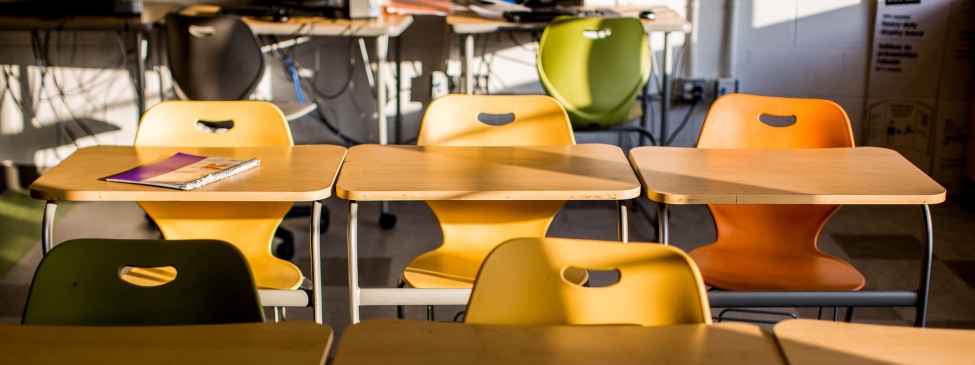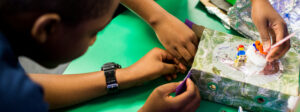Breaking News: US Supreme Court rules that all children are entitled to a “free appropriate public education…tailored to the unique needs of” each child.
Fantasy? Fake news? Not exactly. Those are direct quotes from the March 22nd decision in the case of Endrew F. v. Douglas County School District, in which Chief Justice Roberts wrote for a unanimous Court. The Court ruled that each child must be offered “specially designed instruction that meets his or her unique needs.” And while the Court made clear that the law does not promise particular outcomes for students, it does require substantial progress for students year-to-year. Specifically, each child must have a personalized instructional program linked to “measurable annual goals…designed to…enable the child to be involved in and make progress in the general education curriculum.”
If that doesn’t sound like a set of minimum education standards for every child in the nation, I don’t know what does. But here’s the catch: the case concerned the Individuals with Disabilities Education Act (IDEA), and the rights and remedies established by the Court apply only to children with disabilities.
[related]
To be sure, this is an important decision, as we do a particularly poor job of providing a quality education to the approximately 7 million students with disabilities in our schools. Gaps in proficiency and high school graduation for these children are shockingly high: only 63 percent of students with disabilities graduate high school—nearly 20 percent below the average for all students. The Court’s mandate that Individualized Education Programs (IEPs) for students with disabilities deliver meaningful academic progress, not just a checklist of services, could result in an increase in the quality of education provided to these students. And with their decision, the Court created a new right under which any child or parent can seek legal recourse if their school system is failing to deliver a personalized education program that results in meaningful academic progress from one grade to another. For many parents who have struggled for years to get their children the education they deserve, that’s huge.
But this remedy for the academic stagnation suffered by children with disabilities is just as urgently needed for their peers. Far too many students—including English language learners and low-income students, among others—are not given the opportunity to do schoolwork that appropriately challenges and inspires them. All students whose families entrust them to our schools deserve the opportunity to access instruction that meets their unique needs and allows them to make progress toward their full potential.
Our current approach to education fails to do that. We’ve created a body of information we believe is useful, and present it to masses of students in a largely undifferentiated way. Some students thrive with this approach, but most don’t, and they end up graduating high school unprepared to succeed toward the long-term goals they and their parents envision. Though some outstanding educators do manage to identify the strengths and meet the needs of all their individual students, schools themselves just aren’t designed for it. And to the extent the academic progress of individual students is measured at all, progress—or lack of it—is rarely used to modify or refine individual students’ academic programs.
[subscribe]
Imagine if the personalized approach to education the IDEA aspires to for students with disabilities applied to all students. The burden would shift from the student, who currently has to adapt to our one-size-fits-all approach if she wants to succeed, to the adults, who would have to craft an education program that acknowledges the strengths, meets the needs, and honors the aspirations of individual students. The success of systems, schools, and educators would be judged based on their ability to help individual students succeed.
To achieve this, our educational institutions would have to look very different. Educator preparation programs would have to train teachers for this more personalized approach; curricula would have to be designed so it could be adapted to individual student needs; schools, including schedules and teacher roles, would have to be reimagined—within fiscal constraints—to allow adults the time and support to design and implement individualized programs for kids.
Is this a pie in the sky, impractical approach? I don’t think so. There are schools and networks of schools that aspire to deliver this model right now. The bigger question—and the one with which we in education must all reckon as we continue to tinker around the edges of improving our schools—is whether we can realistically hope to see far more students succeed if we don’t fundamentally change our approach.





